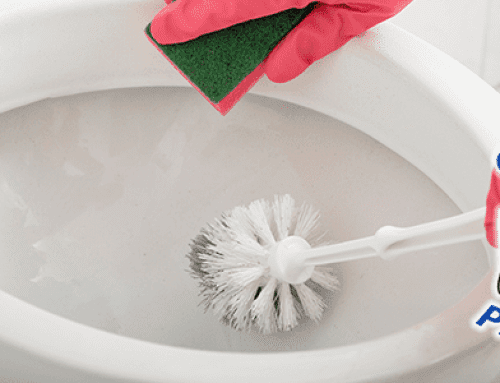Your Well Water and Tannins
Tannins – also known as humic or fulvic acid – are a byproduct of the natural fermentation progress and are created as water makes its way through decaying vegetation and/or peaty soil. Tannins can cause your water to have a color that ranges from a faint-yellow to an almost tea-like color, and may cause similar staining on fixtures, laundry, fabrics, or fine china. Your water may also have an unpleasantly tart or tangy aftertaste, and an earthy or musty odor.
Tannins are thankfully restricted to being an aesthetic problem and present no health hazard, but they can occasionally interfere with other water treatment equipment and reduce their efficiency. Several types of filters, notably iron filters and neutralizing filters, can become coated by the tannins and no longer work as they should.
Although most commonly found in shallow wells and surface water supplies, it isn’t impossible to find them present in deep wells. Additionally, water that in coastal, marshy, or low-lying areas is also more likely to contain them.
How to Know If You Should Test Your Water
If you’re concerned about tannins being present in your water, there is an easy way for you to determine if you’ll need to contact a certified water testing laboratory. The process is simple; given the discoloration that tannins cause to your water, all you have to do is fill a clear glass with water and leave it to sit overnight. If the color settles to the bottom of the glass, your water’s discoloration is most likely caused by manganese or iron rather than tannins, but if the water’s color and intensity remains thorough and intact, tannins are more likely to be the culprit.
So, you’ve determined tannins are most likely responsible for your water’s unappealing color and want to test it. You may also want to test for iron, alkalinity, total dissolved solids (TDS), sulfates, and hardness while you’re at it, as looking at these other factors can help you determine the best course of treatment for your situation.
Testing for iron while you’re testing for tannins is particularly important due to the fact that iron can cause a false positive for tannins. The iron result must be subtracted from the tannin result in order to give an accurate reading of the tannin concentration.
Treating Your Well Water
You should be aware that tannins in your well water can be very difficult to treat due to the different kinds of tannins that can be found in water. This is why you can’t use the same method of treatment for two different wells that are several miles apart.
Tannin filters are unique because they work more like water softeners than true filters, using media made of resin in tandem with properties of ion exchange to trap the tannins and other organic material. The beads of resin in a tannin filter are very fine and white, and when they reach their capacity, will be flushed with a brine solution so the filtering process is ready to repeat.
One of the most common types of treatments for tannins is an organic scavenging anion resin, but before you use this kind of resin, you need to have a water softener installed because of its vulnerability to hardness minerals. They also require regular maintenance, and may need to be regenerated occasionally with saltwater solution or baking soda. Before committing to a system of this type, know that they often cause changes in the levels of sulfate, chloride, and alkalinity, so you will need to monitor how it affects your system after installation.
If you want further great tips like this, look no further than Conyers Plumbing.




